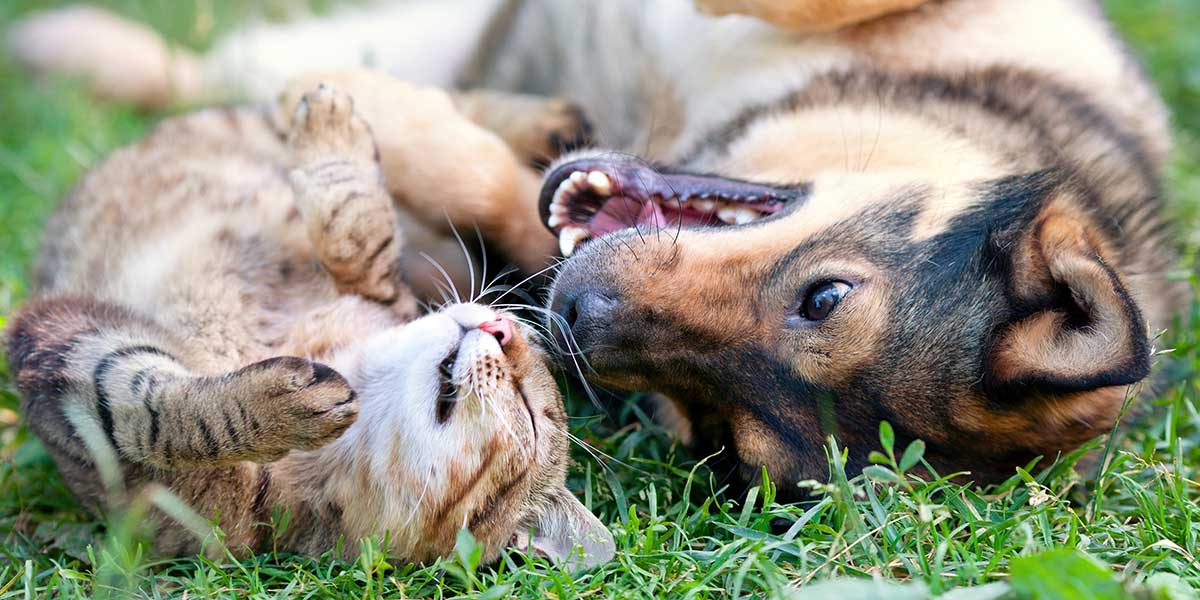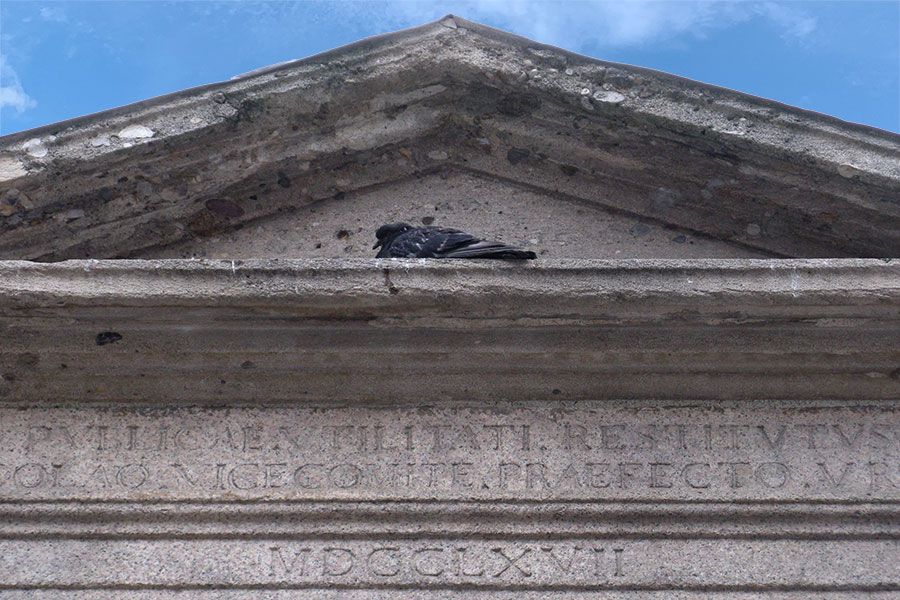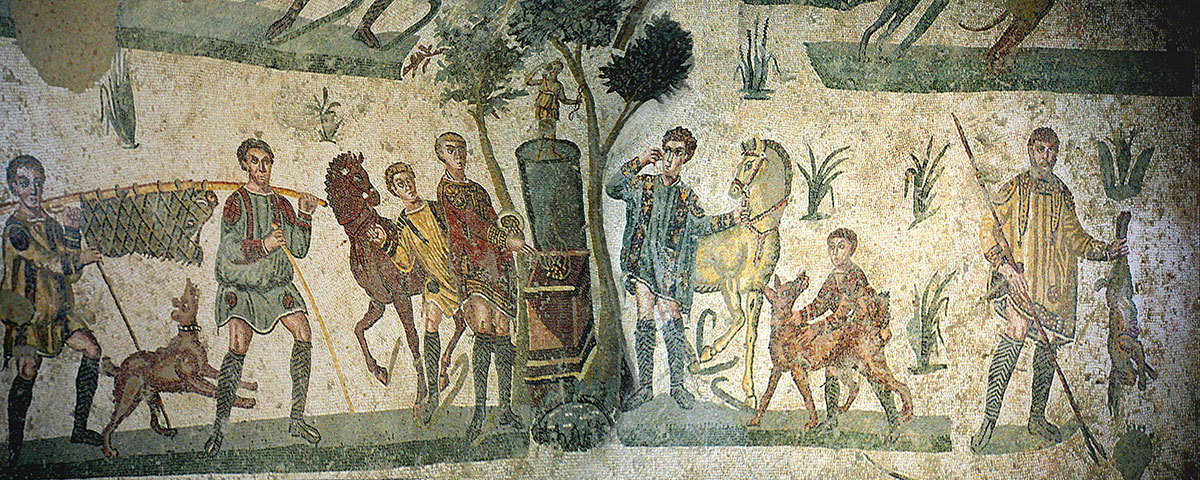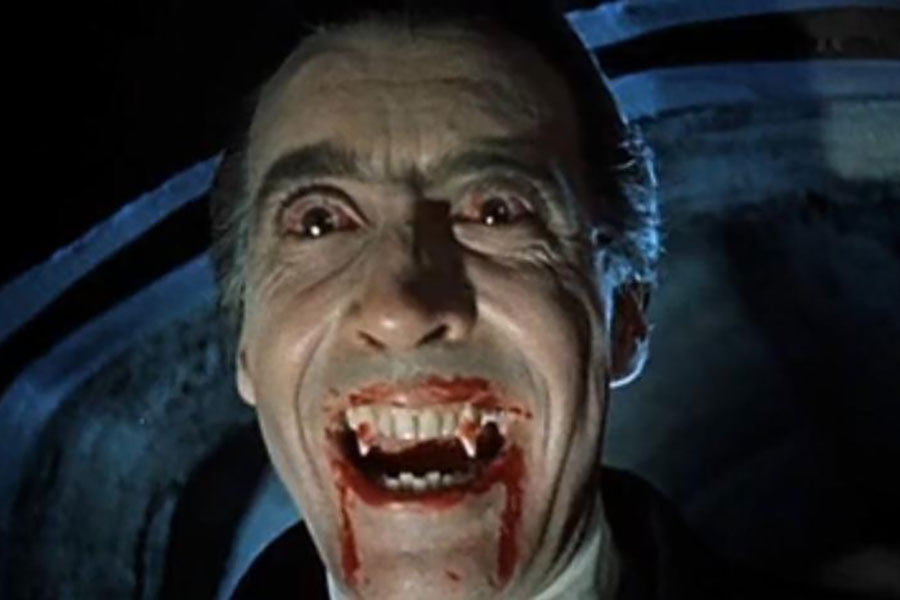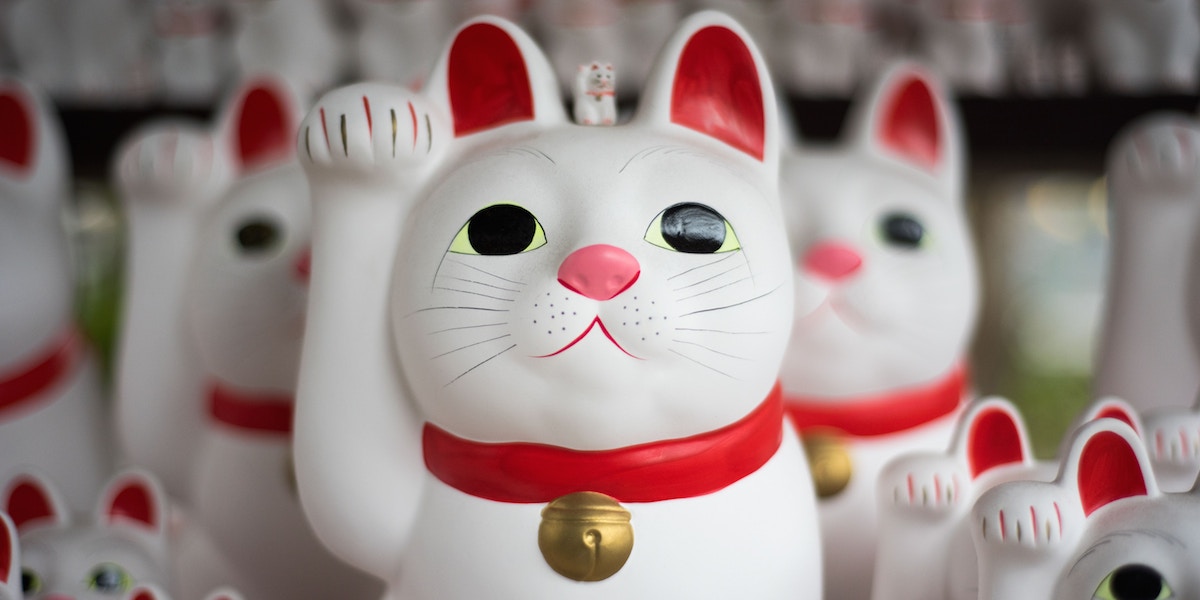Continued from Part 1
Symbolic and Decorative Animals
The more I looked, the more I saw. Countless times I saw it in Christian religious art, where the four Gospel writers—Matthew, Mark, Luke, and John—are typically depicted, respectively, as a divine man, a winged lion, a winged ox, and an eagle. Clustered on the roof of the Croatian National State Archives building in Zagreb I noticed a parliament of Croatian owls, symbols of wisdom. And in Florence I met Il Porcellino (“the Piglet”), Baroque master Pietro Tacca’s popular boar fountain, sculpted in 1634 and situated now in the city’s Mercato Nuovo. Visitors traditionally put a coin into the boar’s jaws for good luck and then rub its snout to ensure a return to Florence. As a result, the snout always has a polished sheen, while the rest of its body remains a patinated brownish-green. (Of course, I rubbed its snout like there was no tomorrow!) Continue reading “Wonderful Life: A Celebration of Animals in European Art (Part 2)”
